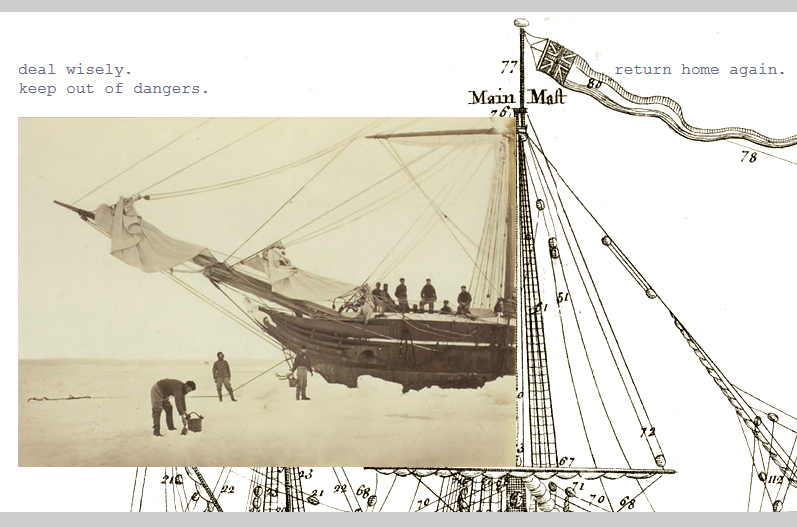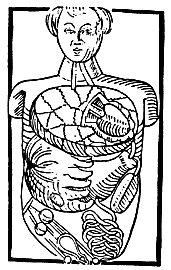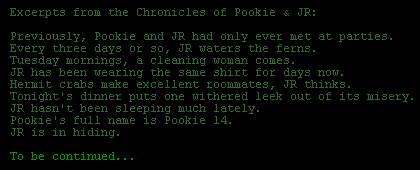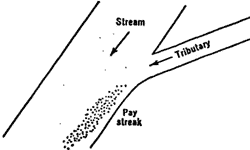As E-Writer-in-Residence at Dartington College, in Devon, England, this fall, I led a workshop on electronic literature with a concentration on literary mapping with first year Performance Writing Students. Over the course of the workshop students generated short texts for zines, postcards, epitaphs, blog posts and web maps. Though written separately, these texts explored common themes of place, mapping, the River Dart, Dartington and the past occupants (fictional or otherwise) of Dartington Hall. The workshop exercises and the texts they produced are archived on a group blog: Darting Blog. These texts are presented collectively as a final project on a Google Map: DARTING: A Collective Story Map
The last session of the workshop focused on remixing. I created a Darting Stories Remix by taking sentences from the various (and varied) texts archived on the Darting Blog and fed them into one of Nick Montfort’s Python story generators. I had used this same method earlier in the year to create Excerpts from the Chronicles of Pookie and JR.
For the purposes of this Darting Stories Remix, I shortened some of the sentences or selected excerpts from longer sentences to fit into the Python story generator format, and changed them all into the present tense and first person. Otherwise, these remain sentences written separately by separate authors remixed by a Python script to make collectively authored stories.
To read the Darting Stories Remix, download this file to your desktop and unzip: Darting.py On a Mac or Linux system, you can run the story generator by opening a Terminal Window, typing “cd Desktop”, and typing “python Darting.py”. Hint: look for Terminal in your Utilities folder. This Python story generator runs on Windows, too, but you will probably need to install Python first: version 2.6. Once Python is installed you can double click on the file and it will automatically launch and run in the terminal window. Every time you press Return a new version of the story will appear. For example:

Here are a few more examples of stories generated by this script:
Darting Stories:
How do I write an epitaph about myself in the first person?.
Through the depths of the water I reflect far and wide.
Hadrian’s Wall might have mostly come down, but it’s there in spirit.
Mad, that’s what they call me.
I crave little more than my freedom, my air, and my land.
I will walk directionless, till the unknown end.
Striving to connect with something natural.
To be continued…
Darting Stories:
At the start, I look for the lights.
What do names matter when worlds whirl together?.
I don’t live in a house, where they could watch me.
I live along the Dart but not around the towns where they patrol.
I pass out in the dirt-floored cellar most nights.
Sunlight barely reaches the stone floor.
I am a fervent keeper of horses, ponies and barns.
Websta’s brother died in the Dart. Had his throat slit.
The sea is a place I understand is rather nice.
Introvert, extravert, ingreen.
This the most achingly beautiful place to come across a little death.
To be continued…

Darting Stories:
Stories run off the Moor with it’s river waters.
I stride up hill holding hands with a friend named for the greatest flower.
William, sweet or otherwise, has never been my name.
I scare their dogs by trying to speak with them in their own language.
Graceless truths of tears clutch at the mirage in my room.
The ponies look more listless and less majestic.
It gets so muddy here; no wonder all the cows around here are brown.
The wind gives the landscape something of a facial peel.
Splash water into mud, trip me.
Smouldering timber and melancholy permeate my lungs. I stick to the path.
This the most achingly beautiful place to come across a little death.
To be continued…

Darting Stories:
On this hill the world as we know it collided.
Intoxicating tongues speak of Giants, Merlins, Padfoots and Beasts.
Geoffrey of Monmouth’s accounts are unfounded, possibly fabricated.
The clay on the wheel beneath my fingers, whirling a world on its axis.
William, sweet or otherwise, has never been my name.
I crave little more than my freedom, my air, and my land.
I don’t live in a house, where they could watch me.
I live along the Dart but not around the towns where they patrol.
I will walk directionless, till the unknown end.
I am a fervent keeper of horses, ponies and barns.
To be continued…
Darting Stories:
Stories run off the Moor with it’s river waters.
I will walk directionless, till the unknown end.
Fear and bliss live with me and the room contains me.
Websta’s brother died in the Dart. Had his throat slit.
Black looms in the distance, the air thick with distaste.
The Waters of the Dart run across stones fallen from foreign clouds.
Map the most important places around the River Dart.
Exmoor, outmore, out the door, more doors.
More floor, less flaws, less cause, pour, pore, sweat, regret.
Skip over Kandinsky pavement, follow the water.
Flotsam on a tidal river is a strange mixture of oak leaves and seaweed.
To be continued…
. . . . .









